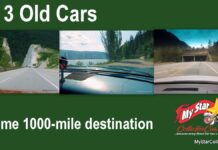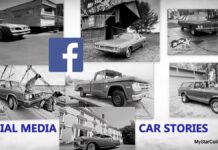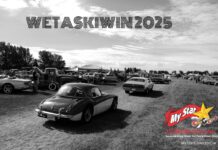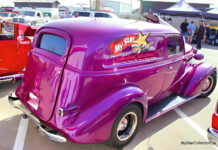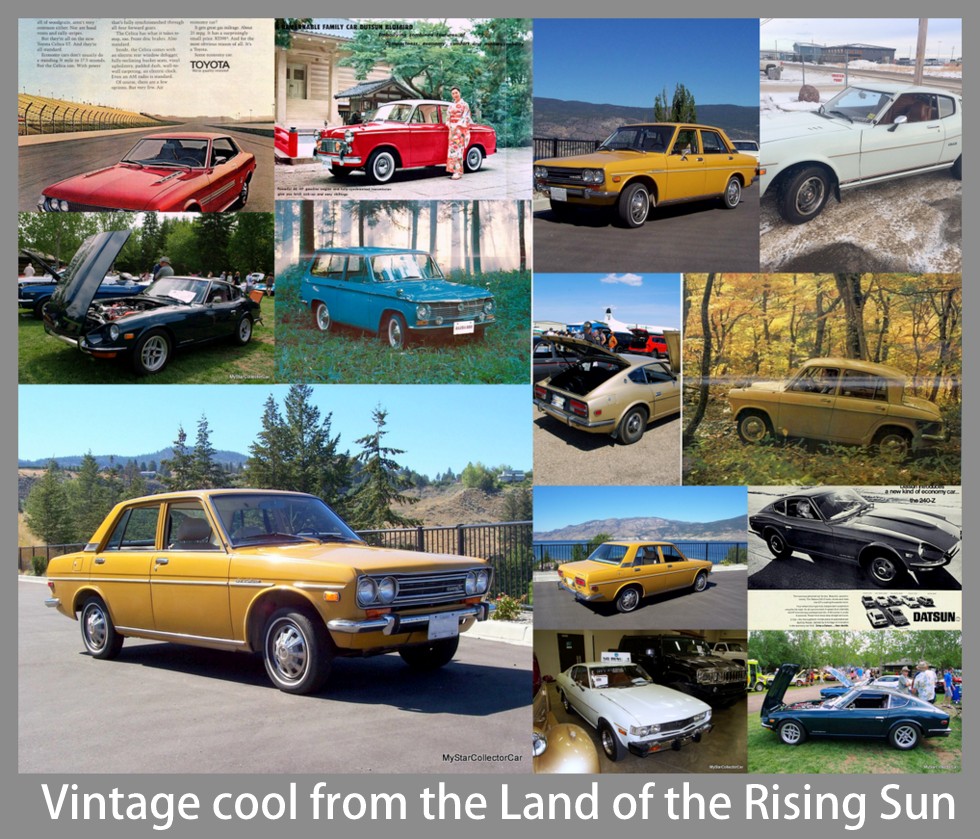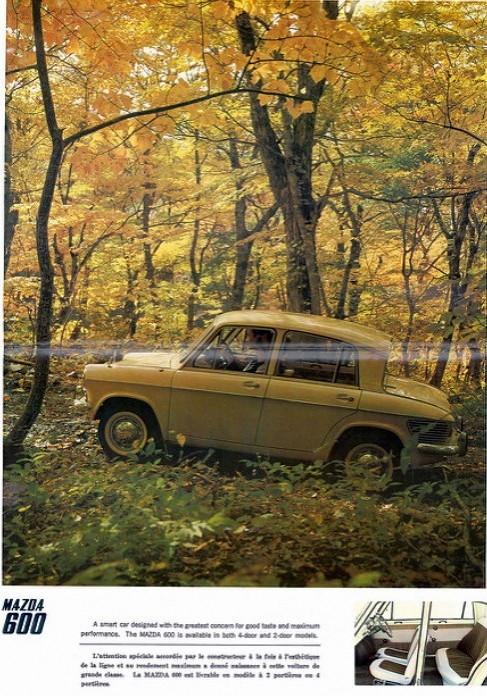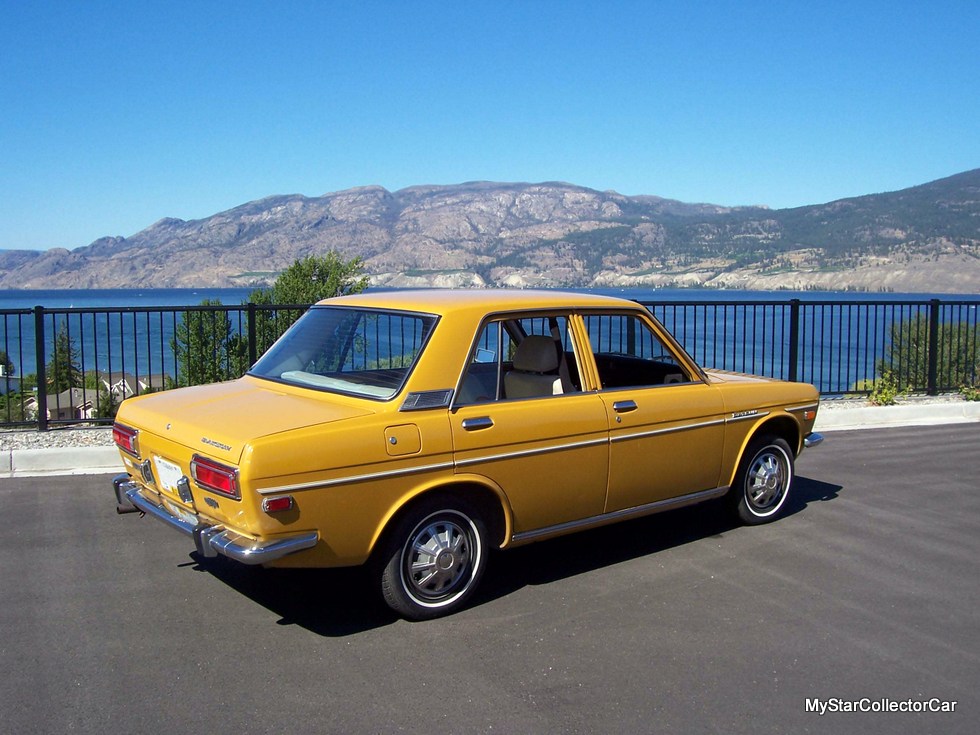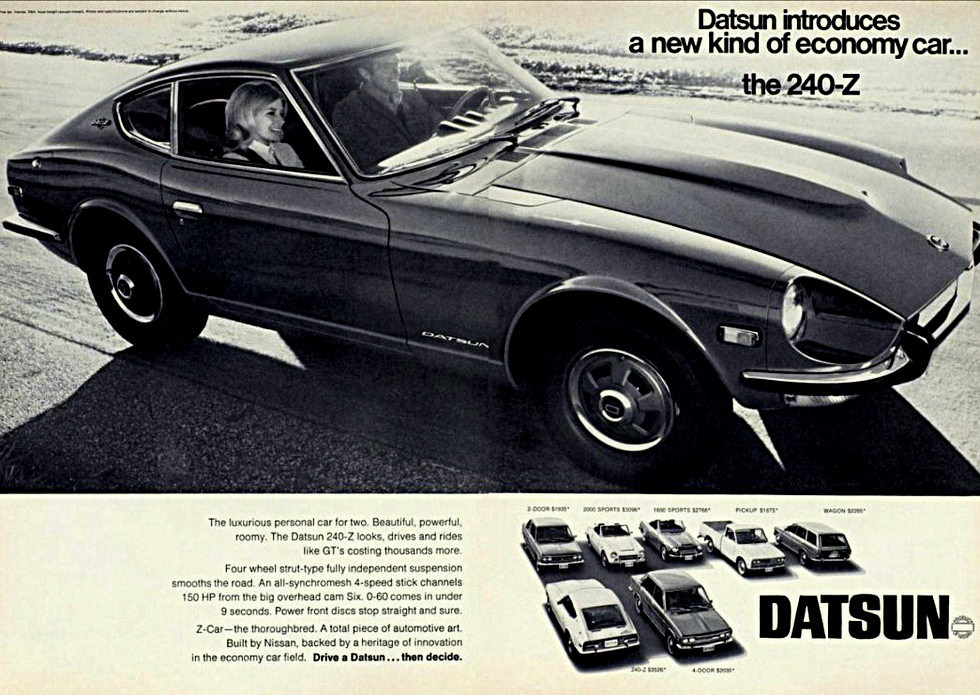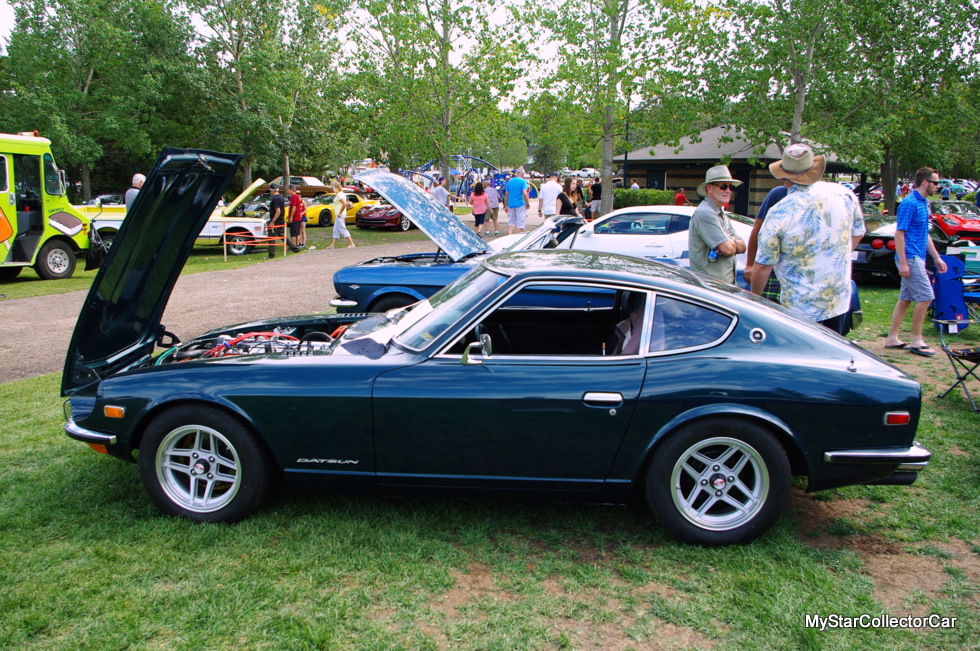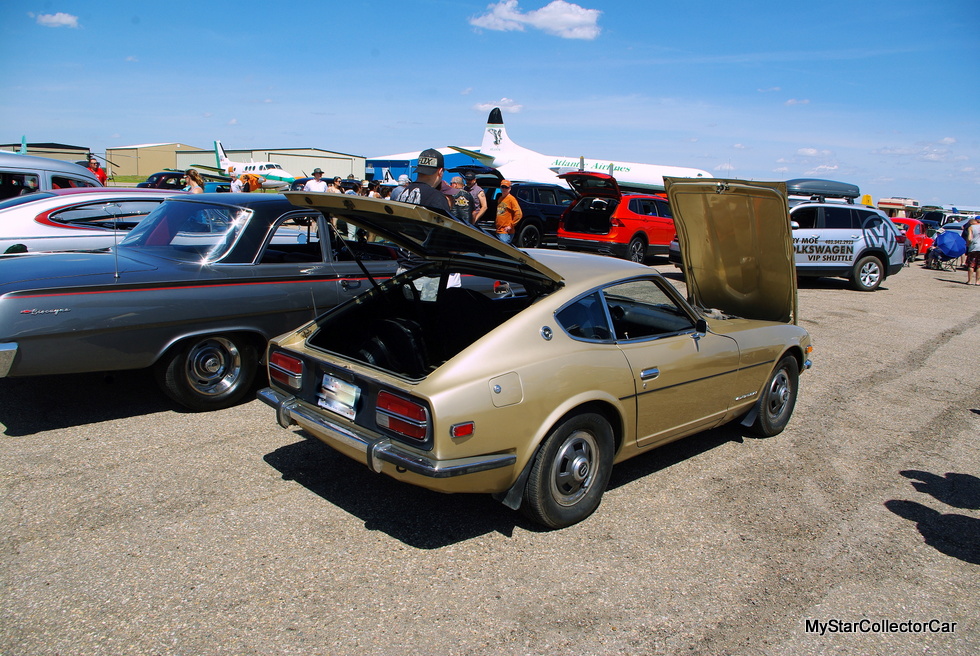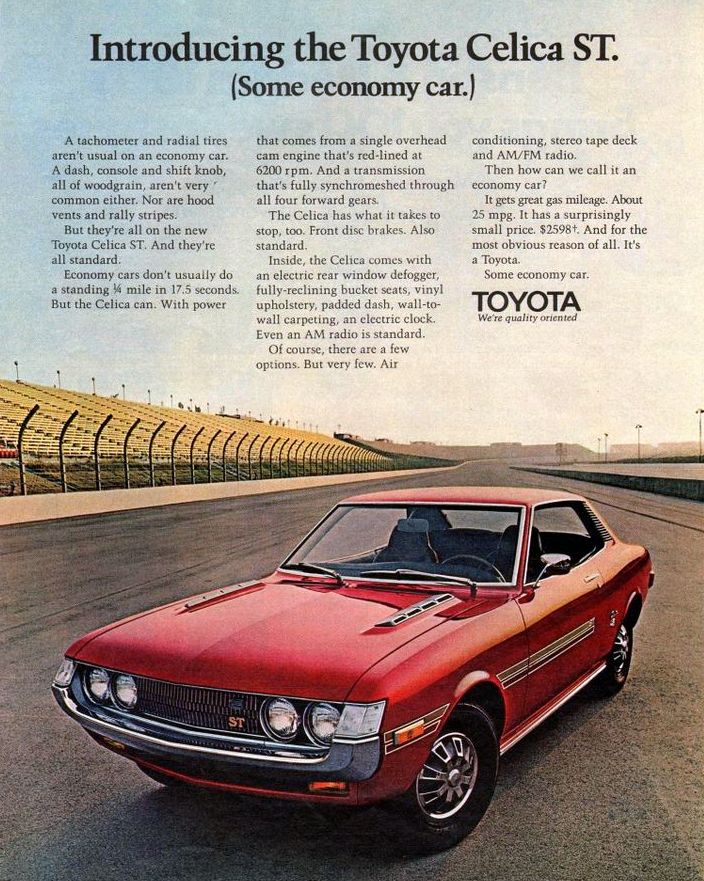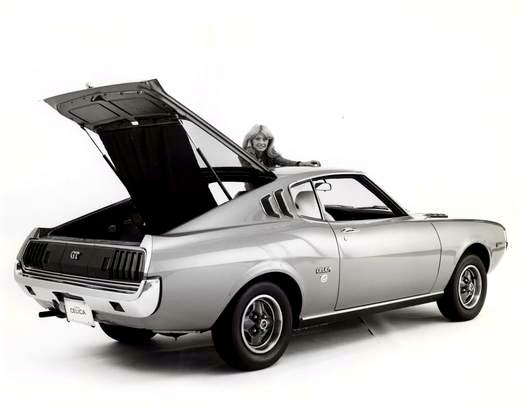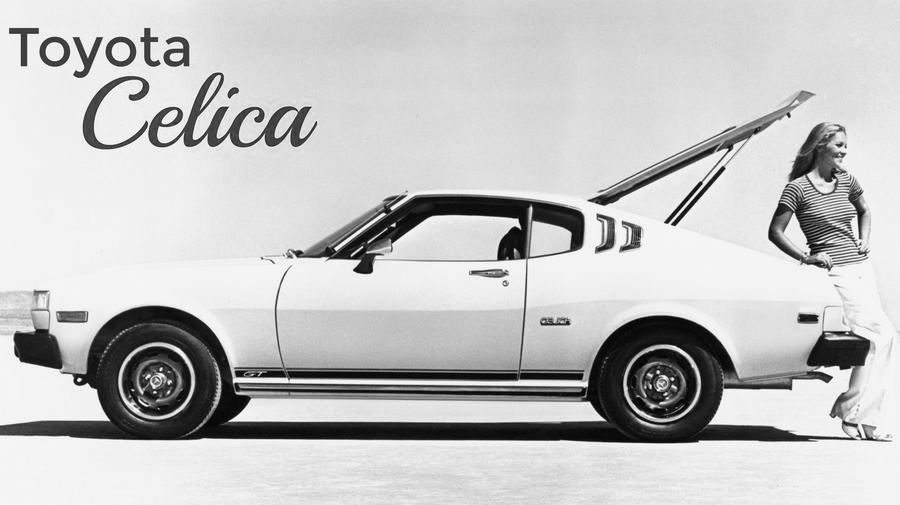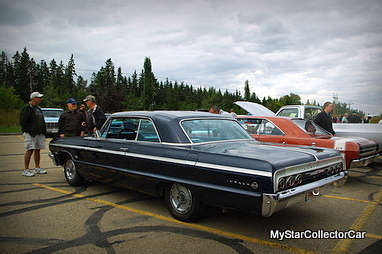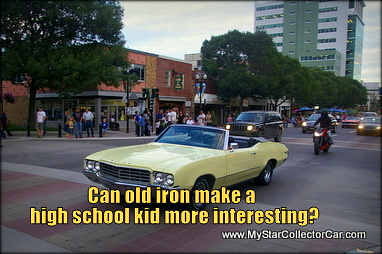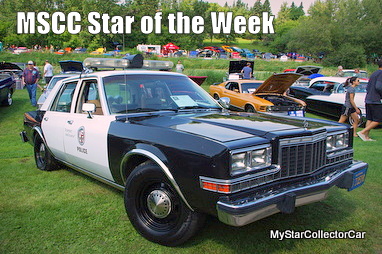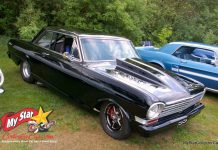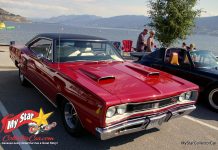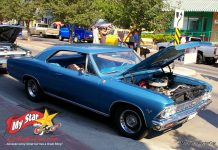There was a bygone era in which cars built in Japan were not exactly greeted with open arms by North American buyers.
The “Made in Japan” label was viewed in a negative light since many export products built in that country were cheap in both price and build quality.
Cars were no different in this regard because Japanese auto makers built vehicles that were not ready to handle the rigors of North American roads. The cars were built with thinner gauge metal outer bodies and anemic engines that could not handle the pace of average highway speeds in North America.
The first Japanese cars were slow rides with little emphasis on style, comfort or performance. The cars would likely fit the bill as a second car in a two car family who were unlikely to hit the freeways in their Datsun or Toyota models because of their inherent drawbacks.
Consequently, a Japanese car from the early years was viewed as a lemon that would lose badly to an actual Japanese orange from the same era in a popularity contest with North American consumers.
The move toward better-built Japanese cars began in earnest with the introduction of the Datsun 510 in the late 1960s. The 510 models offered more creature comforts, decent overall workmanship, along with enough performance and economy to satisfy the transportation needs of potential North American buyers.
The Datsun 510 even became a competition driver favorite because of its well-balanced engineering that gave it an advantage on the rally and ice racing circuits.
Nissan’s (Datsun’s parent company) drive for increased sales was well-served by the 510 models, but the Z series that started in 1970 with the Datsun 240 models cemented the company’s image as an up-and-comer in the North American automotive market.
The sleek 240 Z looked racy even at a standstill because of its design that featured a fastback roof design which proved the Z’s designers had done their homework when it came to popular North American car styles.
The pioneer North American 240 Z models also sported more horsepower because they were equipped with a 151 horsepower six-cylinder engine that gave the cars plenty of jump. The iconic style of the 240Z would stay relevant for the North American market during the entire 1970s decade.
Another Japanese automotive icon from the 1970s was the Toyota Celica. The Celica offered a solid combination of style and engineering that reflected a North American car buyer’s concept of an ideal automobile.
The Toyota Celica was designed to compete in the sporty world of the pony car market in North America. Sure it was more compact than a Camaro, Mustang or Barracuda, but the Celica was still built to handle larger passengers in its front seat area.
All bets were off on the back seat room–but that passenger situation was true for any domestic pony car from the same era because all of them would have violated the Geneva Convention torture regulations as they applied to their back seat passengers.
The true value of the Celica was its balance of style and performance due to its solid marriage between speed and mileage during a tumultuous era when cheap gasoline prices became an instant thing of the past after the 1973 oil embargo.
The lively little four-banger in the 70s-era Toyota Celica provided enough punch to make this car a worthy guest on a freeway.
Sadly, there are few representatives from any of the aforementioned Japanese cars left in 2019. Most of them fell prey to the ravages of time and disappeared from the roads when rust beat up their thin metal skins and the miles on their odometers added up to a grim date with a junkyard.
However, the legacy of these 1970s-era cars from the Land of the Rising Sun will remain a part of the car guy culture forever because of their cool factor.
BY: Jim Sutherland
Jim Sutherland is a veteran automotive writer whose work has been published by many major print and online publications. The list includes Calgary Herald, The Truth About Cars, Red Deer Advocate, RPM Magazine, Edmonton Journal, Montreal Gazette, Windsor Star, Vancouver Province, and Post Media Wheels Section.
- CLICK HERE to Like us on Facebook
- CLICK HERE to Follow us on Twitter
- CLICK HERE to Follow us on Pinterest



